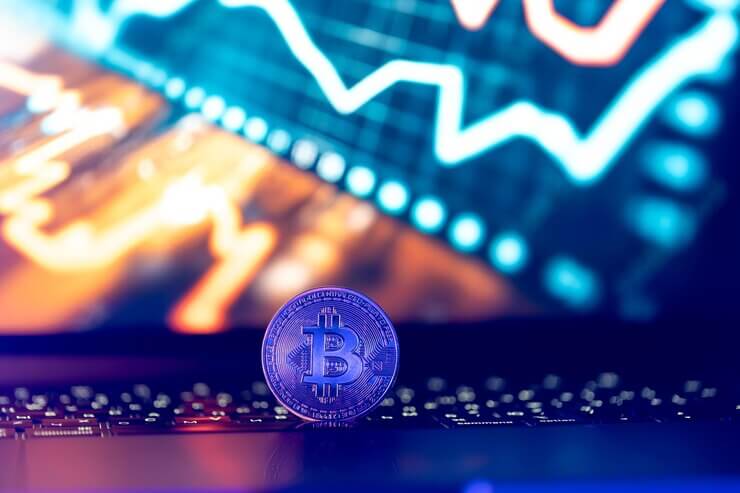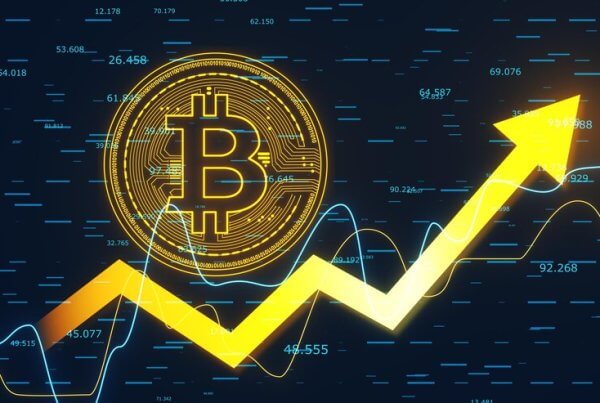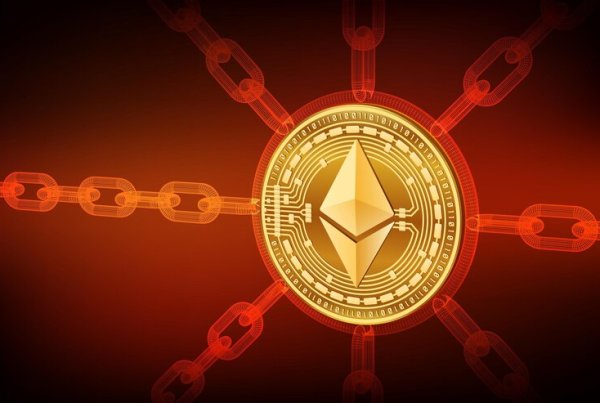It’s no surprise that Brazil Stablecoin adoption is soaring. In a country grappling with currency instability, Stablecoin offer a rock-solid alternative. In fact, they now account for a whopping 70% of Brazil’s crypto outflows, eclipsing even Bitcoin in popularity on local exchanges. This shift isn’t just a passing trend, it’s a quiet revolution reshaping Brazil’s economic landscape and fueling rapid growth in cross-border transactions across Latin America.
The Rise of Brazil Stablecoin Adoption
Brazil sees a massive uptick in stablecoin usage, a movement shaping its economy like never before. From July 2023 to June 2024, Brazil’s stablecoin transactions climbs sharply, fuel a volatile Brazilian real and demand for a safer asset pegged to the U.S. dollar. With Stablecoin now making up 70% of Brazil’s exchange outflows, Brazil stablecoin adoption is rewriting the nation’s financial story. Besides, it’s setting an example for crypto use that could spread across Latin America and beyond.
Why Stablecoins Are Gaining Traction in Brazil
Stablecoins offer Brazilian consumers and businesses exactly what they need: stability. Unlike Bitcoin, with its unpredictable price swings, Stablecoins bring a dollar-pegged alternative that feels far more secure for daily transactions. As Brazil’s economic challenges increase, so does the appeal of stablecoins. This security layer drives massive adoption on local exchanges like OKX and Coinbase, where stablecoin transaction volumes now even exceed Bitcoin’s. Furthermore, stablecoins are an ideal fit for Brazil’s growing demand for digital solutions. The ability to quickly convert local currency to a dollar-backed token makes stablecoins practical for everyday use, from small purchases to high-value transactions. Brazilian consumers crave this consistency, especially as more businesses lean into cross-border operations, where price stability is essential.https://gfmag.com/technology/latin-america-stablecoin-market/
How the Instability of the Real Fuels Demand for Dollar-Pegged Assets
Brazil’s currency, the real, struggles against recurring inflation and devaluation. Each time the real loses value, Brazilians feel the impact on everything from groceries to business supplies. It’s no wonder they’re turning to stablecoins to protect their assets from a weakening currency. With stablecoins pegged to the U.S. dollar, Brazilians can hold and transfer value with confidence, knowing their holdings won’t evaporate overnight. Moreover, businesses benefit from this newfound stability. So, with using the stablecoins, they dodge the local currency’s unpredictable shifts and conduct transactions in a more reliable asset. This growing comfort with digital dollars boosts Brazil stablecoin adoption, making stablecoins the go-to solution for people and companies alike. In short, the stability of dollar-pegged stablecoins offers a financial lifeline.
Stablecoins vs. Bitcoin: Brazil’s New Favorite
Bitcoin remains a popular option, but in Brazil, stablecoins have taken the lead. Stablecoins now dominate the country’s crypto exchange flows, outpacing Bitcoin thanks to their dependable value. For Brazilians wary of market volatility, stablecoins offer a simple, reliable alternative.https://w3ultra.com/crypto-derivatives-trading/
Comparing Transaction Volumes on Brazil Stablecoin Adoption
While Bitcoin and Ethereum are still part of the landscape, stablecoins dominate the transaction values in Brazil, proving to be the preferred asset. This dramatic shift shows how stablecoins meet a real need in the country’s financial ecosystem. Besides, this surge in transaction volumes hints at stablecoins’ longer-term appeal. People and businesses alike recognize the perks of a dollar-backed cryptocurrency. The boost in stablecoin adoption means Bitcoin now takes a backseat in Brazil, as more Brazilians opt for stability over speculation.
The Role of Stablecoins in Cross-Border Payments
Stablecoins open a new chapter for Brazilian businesses involved in cross-border trade. Sending payments in traditional currency may costly and slow, especially for companies in Latin America trying to compete globally. Stablecoins eliminate many of these barriers. Because they maintain a steady value, they’re perfect for international transactions where conversion fees and delays can eat away at profit margins. Furthermore, cross-border stablecoin payments align with Brazil’s push toward a digital-first economy. Lastly, as Brazil’s stablecoin market thrives, cross-border payment networks increasingly rely on stablecoin liquidity, creating a smoother pathway for international commerce.
Factors Driving Brazil Stablecoin Adoption
Several key factors fuel Brazil’s strong interest in stablecoins. Economic instability and businesses’ need for a reliable currency have paved the way for stablecoins to flourish in Brazil. Together, these forces create an environment where stablecoin adoption is not just practical but essential.

Economic Challenges and Currency Devaluation
Brazil’s economy faces hurdles, with inflation and a struggling real affecting everyone from individual consumers to multinational companies. These economic pressures push Brazilians to seek alternatives like stablecoins. Amid devaluation, stablecoins offer a hedge, letting Brazilians maintain their purchasing power even as the real fluctuates. Besides, with ongoing currency challenges, using a dollar-backed token becomes an easy solution. Stablecoins now operate as a middle ground between traditional money and crypto, allowing users to sidestep the real’s vulnerabilities. This makes stablecoins an appealing option for anyone wary of losing their money’s value to inflation.
Business Demand for Stability and Efficiency in Transactions
Brazilian companies also find stablecoins essential for streamlined operations. With the real’s value constantly in flux, businesses face the risk of unpredictable financial outcomes. Moreover, stablecoins provide Brazilian companies with a simple way to manage international payments without worrying about currency conversion losses. This efficiency helps companies reduce transaction costs, making stablecoins a valuable asset for businesses of all sizes in Brazil. As a result, more businesses turn to stablecoins, further pushing Brazil stablecoin adoption forward.
How Brazil Stablecoin Adoption Impacts Latin America
Brazil’s enthusiasm for stablecoins has regional effects. As Latin America’s second-fastest-growing crypto market, Brazil’s stablecoin success influences other countries’ adoption rates. Brazil’s approach could even inspire neighboring nations to prioritize stablecoin use.
Brazil’s Role in Regional Crypto Adoption
Brazil’s strong crypto market positions it as a leader in Latin America. With a $90.3 billion crypto transaction volume from mid-2023 to mid-2024, Brazil has become a stablecoin powerhouse in the region. As other Latin American countries face their own economic challenges, Brazil’s adoption of stablecoins provides a blueprint for stable and accessible digital finance. Moreover, Brazil’s acceptance of stablecoins highlights their practical value, demonstrating how stablecoins can improve financial outcomes for other Latin American economies.
Spillover Effects in Neighboring Countries
Brazil’s stablecoin adoption sparks interest in neighboring nations like Argentina, which also has a strong crypto market. Argentina’s economic conditions are similar to Brazil’s, with a high demand for dollar-backed tokens due to currency devaluation. Furthermore, Brazil’s stablecoin surge drives competition among Latin American exchanges, enhancing crypto services region-wide. As a result, the demand for stablecoins rises, making Latin America a key area of global crypto growth.
The Future of Brazil Stablecoin Adoption Financial System
Brazil’s stablecoin market shows no signs of slowing down. As local exchanges expand, stablecoins’ role in Brazil’s financial system will only deepen. This growth could lead to innovative use cases, while challenges might arise from regulatory changes.
Projections for Growth and Emerging Use Cases
Brazil stablecoin adoption likely continues to rise. With exchanges like OKX and Coinbase scaling their services, stablecoins will gain further traction. Besides, stablecoins could evolve beyond currency substitutes, powering digital finance tools in Brazil’s economy. Whether it’s for loans, savings, or business transactions, the demand for dollar-pegged stability opens doors to new applications. Finally, as Brazil’s crypto landscape matures, more companies and individuals will explore innovative stablecoin applications. The potential for these digital assets in everyday finance seems boundless, especially as more Latin Americans get involved.
Potential Challenges and Risks for Widespread Adoption
Stablecoin adoption faces a few risks. For one, regulatory shifts could impact usage, especially if governments try to curb dollar-pegged assets. Furthermore, stablecoins must maintain their dollar peg to stay viable. If a stablecoin loses value or encounters trust issues, it could disrupt adoption. Lastly, stablecoins may face competition from other financial solutions as Brazil’s digital economy evolves. Balancing innovation with security will be key to sustaining growth.
What Brazil Stablecoin Surge Means for the Global Market
Brazil’s stablecoin surge shows how digital finance can transform an economy. With a rising demand for stablecoins, Brazil sets a standard for crypto adoption worldwide. As Brazil proves the benefits of stable, dollar-pegged digital currency, other countries will likely pay attention.








